
D E D I C A T I O N

I trace my descent in the male line through eleven generations of Scottish Borderers to Thomas Little of the parish of Redkirk. Born in 1541 when Henry VIII of Englands troops burned Roxburgh and Kelso, he was three years old when they returned to plunder Edinburgh before marching through the Borders, killing and burning as they went, destroying seven monasteries and 240 towns and villages. He was in his teens when Mary Queen of Scots returned from France, and matured in a world of reiving, raiding and tit-for-tat killings, but unlike many of his family and neighbours, he survived both steel and rope.
Thomas was a man of 62 when the crowns of Scotland and England were united. Already old by the standards of the time, he learnt to adapt to the ways of peace and lived the rest of his life in comparative comfort. His gravestone states that he was 111 years old when he died. What tales he might have told
This book is dedicated to Thomas and his wife Maisie Dalgliesh, and their ten-times-great grandsons, my sons Jamie, David and Justin. And to my wife Carolyn who has put up with me and my funny ways for 25 years. If there is a better woman in this world, I have yet to meet her.
Crawford Little
Auldgirth
Dumfriesshire

C O N T E N T S


I N T R O D U C T I O N

A MARRIAGE MADE IN HEAVEN?
Q ueen Elizabeth of England breathed her last at Richmond Palace on 24 March 1603, and Sir Robert Carey leapt into the saddle with 400 miles and a relay of fast horses ahead of him. Splattered with mud and blood, he finally galloped up to the gates of Holyroodhouse in Edinburgh. King James VI of Scots, soon to be James I of England, stretched out his hand and Carey touched it with his lips. One king for two crowns, uniting Scotland with England after centuries of hatred and warfare
Union of Crowns examines those power struggles that decided the fate of kingdoms. High politics and low cunning in an age when men feared for the fate of their souls at the hands of a wrathful God fear and betrayal, arrogance and impetuosity, hatred and warfare, glory and defeat, loving and loathing, deadly feuds and broken friendships, old alliances and new treaties in a world of constant change. Religion decided politics and politics dictated religion. And through it all ran the threads of self-interest and greed.
At the opening of the English Parliament in 1604, James was as royally attended as if the gods had summoned a parliament and were all in their steps of triumph to Joves high court. He declared his wish was at his death to leave one worship to God: one kingdom, intirely governed: one uniformity of laws. This was his grand vision. He would speak of a Great Britain and of himself as its king. Thus the Union of Crowns prompted the unification of the Scottish and English parliaments in 1707, laying the foundation stones for an empire that spread across the face of the globe.
For better or worse, it still affects the lives and attitudes of its children, at home and abroad. Without the Union, who would have provided the blueprints for democratic government in so many countries? Who would be Head of State in Australia? Would there be an India and Pakistan? What of Africa? What language would be spoken in North America? Come to that, what language would be spoken in Sauchiehall Street and the Royal Mile? And yet, many southern-based historians still regard the Union of Crowns as some sort of an embarrassing hiccup in what should be an essentially English story. In doing so, they fail to recognise how warring nations were knowingly and deliberately forged into the most independent state in Europe. Perhaps it is just too hard for some to accept that Scottish kings took over the English throne, so their narratives leap from Queen Bess to Absolutist Charles and that English Civil War ignoring the inconvenience of who and what came in between
History will always be full of mysteries corrupted by misinterpretation or spin in order to suit a variety of purposes. We may believe what is written in the history books of our home nations, but others will regard our inherited facts as mistakes, exaggerations, or whopping great lies.
One peoples facts might be viewed by others as little more than jingoistic propaganda, just as one mans traitor is anothers freedom fighter. Historians asking questions of the dead may have to decide for themselves who was lying and who telling the truth. Advocate and jury perhaps, but still there may be no answers or none that we can find. Not proven, may be all that we can say. Only a fool would suggest that their nations historians have a monopoly on truth.
Union of Crowns is a book in two parts. The first gallops from the arrival of the Romans who divided the British island into a rich south and comparatively poor north through the forging of nations to the long centuries of bitter warfare when union by consent was never an option. The pace then slows into the second part beyond the marriage of King James IV of Scots to Margaret Tudor (daughter of Henry VII of England) and the signing of the Treaty of Perpetual Peace in 1503.
Another hundred years would pass before the crowns were united, but that joining of the Thistle and the Rose signalled a new understanding and an acceptance of the advantages that could be found in peace rejecting essentially futile wars and the whims of kings. In this we see the growth of effective democracy.
At the same time and vital to any historian there was a more thorough approach to the recording of the affairs of state and, just as significant, a blossoming of correspondence both personal and public, much of which has been recorded and preserved. For example and comparison, the printed Letters and Papers for the reign of Henry VIII runs to 37 volumes and parts of volumes, while just two volumes cover the reigns of Richard III and Henry VII. On the other hand, while acknowledging that such information is the historians food and drink, we must introduce a note of caution. The wealth of documentation should not blind us to the possibility that much is missing, or that some of what remains was planted with the intention of creating confusion, or manufacturing guilt.
The Protestant Reformation and associated Catholic Counter-Reformation encouraged international espionage and the planting of disinformation on a grand scale. Therefore, it seems safe to assume that much of the darker side of dealings both in and between Scotland and England, and the detail of their clandestine dealings with foreign powers, will remain difficult or impossible to trace simply because much of the correspondence would have been destroyed in case it might fall into the wrong hands. Many historical questions cannot be answered with any certainty whatever contemporary correspondence or the lack of it might seem to suggest.
So where do we go from there? A L Rowse wrote: To be able to make the dry bones (of history) live is a gift, and a rare one; it means that one must have a sense of the poetry and pathos of the past, some living inner spring of inspiration and intuitive insight. Faced with conflicting accounts, inspiration and intuition may indeed be more useful than a decade of painstaking research.


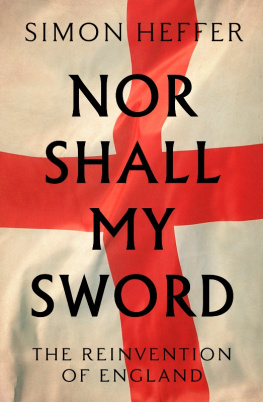
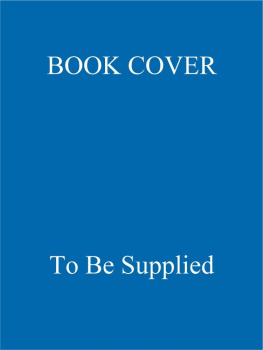
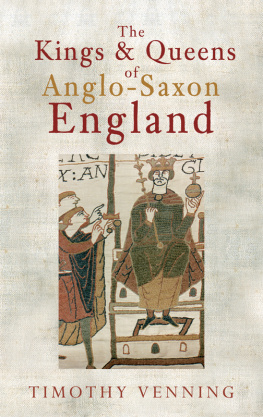

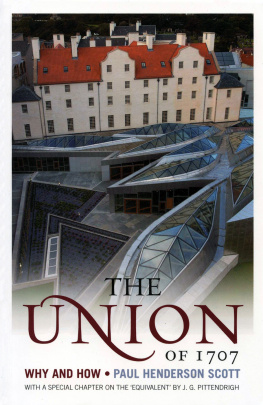
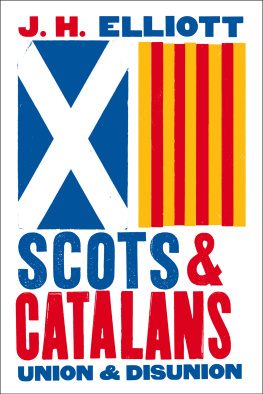
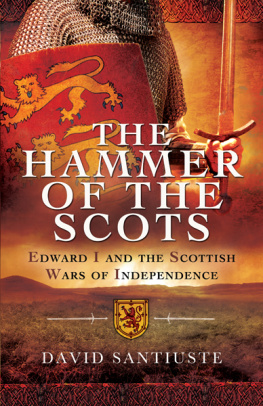
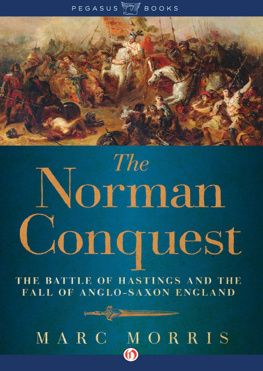
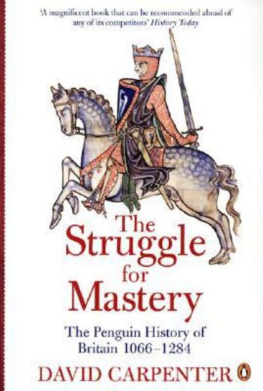

 D E D I C A T I O N
D E D I C A T I O N 